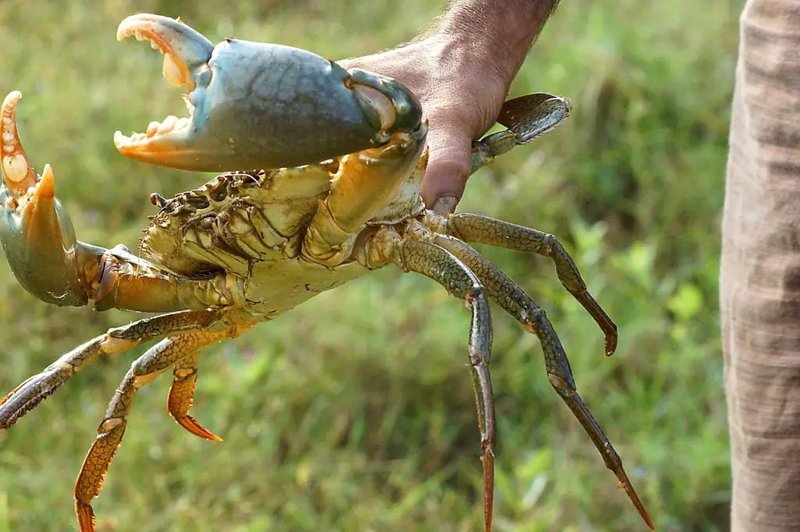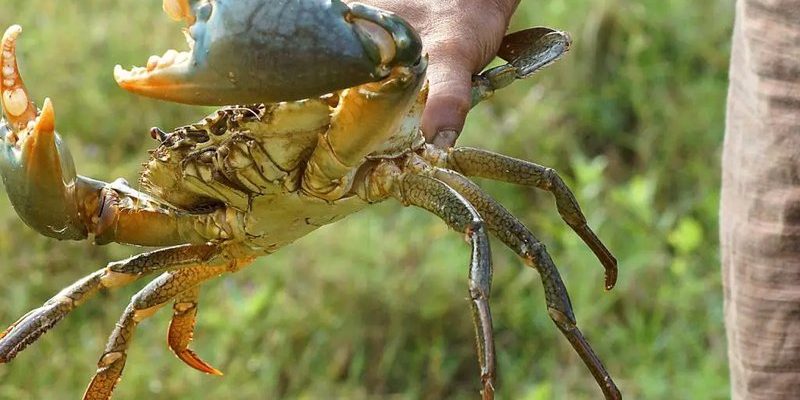
Interacting with crabs—whether to observe them in their natural habitat or to catch them for culinary purposes—can be a thrilling experience. However, just like any wild animal, they have behaviors and habits that we need to understand to keep both ourselves and the crabs safe. So, grab a cup of coffee, and let’s dive into the world of crabs and how we can interact with them without getting pinched!
Understanding Crabs: A Quick Overview
Crabs are crustaceans that belong to the class Malacostraca. They come in various shapes and sizes, from the tiny pea crab to the gigantic Japanese spider crab. Most crabs have a hard exoskeleton, ten limbs, and usually live in environments ranging from oceans to freshwater lakes. One of the most interesting things about crabs is their ability to adapt to different habitats, which has made them successful survivors.
When thinking about interacting with crabs, it’s essential to know their basic behavior. Crabs tend to be skittish and can react quickly when they feel threatened. This means that sudden movements or loud noises can cause them to retreat into their shells or even escape. Understanding these traits is the first step towards safe interaction.
So, whether you’re planning to catch crabs for a meal or simply take some fantastic photos at the beach, knowing how they behave will help you interact with them safely and respectfully.
Safety First: Ways to Interact with Crabs
When you’re out crabbing, safety should always be your top priority. It’s crucial to approach these creatures with respect and caution. Here are a few tips to keep in mind:
- Wear gloves: Crabs, especially larger species, can pinch! Wearing gloves not only protects your hands but also allows you to handle them more safely.
- Be gentle: If you catch a crab, handle it with care. Support its body and avoid squeezing, as this can stress the animal.
- Observe from a distance: If you’re just observing, the best way to interact is from a distance. Use a camera or binoculars to watch their behavior without interfering.
Honestly, the more gentle and respectful you are, the more likely the crab will be to let you observe its natural behaviors. And remember, if you have young kids with you, it’s best to keep the interaction supervised and safe.
Catching Crabs: Techniques and Tips
If you’re interested in catching crabs, whether for sport or dinner, a few techniques can help you do it safely. Here are some useful methods:
- Using crab traps: These are great for capturing crabs without direct handling. You can bait the trap with raw chicken or fish, set it in the water, and wait for the crabs to come to you.
- Wading: If you’re at a beach, wading in shallow waters can be effective. Look for crabs hiding under rocks or in sand. Just be careful where you step!
- Using a net: A crab net can help you scoop them up quickly. Don’t forget to be gentle!
Catching crabs can be a fun family activity, but it’s important to follow local regulations. Some places have size limits or seasons when crabbing is allowed, so always check beforehand!
Dealing with Crab Bites: What to Do
So, what happens if a crab does pinch you? First off, don’t panic! Here’s how to handle it if you find yourself in this pinch (no pun intended):
1. Stay Calm: Crabs bite to defend themselves, not out of aggression. If you’re caught, it’s usually because you startled them.
2. Gently Remove the Crab: If the crab is still attached, carefully pry its pincers off with your free hand or a tool. Just be careful not to hurt yourself or the crab!
3. Clean the Bite: After you’ve freed yourself, wash the area with soap and water to prevent infection. If it’s a deep cut, consider seeing a doctor.
You might be wondering, “How can I prevent this from happening?” The best way is to always be aware of how you’re handling the crab. Gentle movements and calm behaviors go a long way!
Environmental Considerations: Respecting the Habitat
When interacting with crabs, it’s vital to consider their habitat. Crabbing can have an impact on local ecosystems, especially if the species you’re catching is endangered or vulnerable. Here’s how you can be an eco-conscious crabber:
- Follow local guidelines: Always check regulations regarding sizes and limits.
- Catch and release responsibly: If you’re not keeping your catch, handle it gently and return it to the water as quickly as possible.
- Keep the environment clean: Never litter, and make sure to remove any bait or traps after you’re done.
Here’s the thing—by being respectful, you ensure crabs remain a thriving part of our ecosystems for generations to come.
Common Myths About Crabs and Interaction
There are many myths about crabs and how we should interact with them. Here are a few that might surprise you:
1. Crabs are aggressive: While crabs can defend themselves, they’re generally not aggressive towards humans unless provoked.
2. You can’t catch crabs in specific places: Many believe that crabbing is only allowed in certain areas. In fact, many beaches and inlets are open to crabbing, as long as you follow local rules.
3. Crabs can’t feel pain: Recent studies have shown that crabs react to harmful stimuli in ways that suggest they might experience discomfort. So, treating them with care is important.
Understanding these myths can help foster a more respectful approach to crabs and their habitats.
Interacting with crabs can be a memorable experience if approached with care and respect. Whether you’re crabbing for dinner or simply enjoying watching them in their natural habitat, it’s essential to prioritize safety—for both you and the crabs.
Remember to use protective gear, be gentle, and follow local regulations to ensure that these fascinating creatures continue to thrive. By fostering a respectful relationship with nature, we can all enjoy the beauty of crabs without causing harm. So, the next time you spot a crab, take a moment to appreciate its uniqueness and remember the best practices for safe interaction. Happy crabbing!

